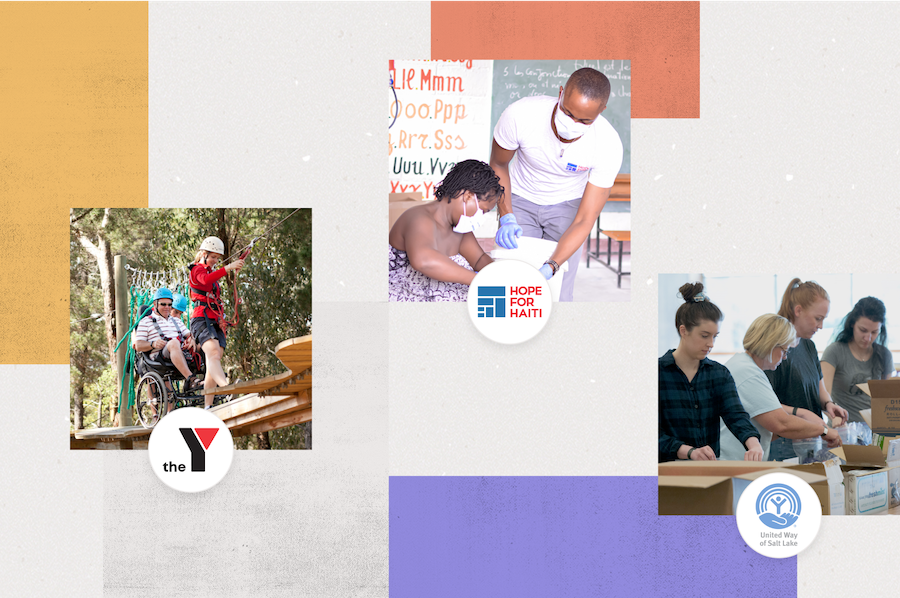Meet Anna Binder, Asana’s first Head of People Operations

Editor’s note: We’re excited to welcome Anna Binder to Asana as our first Head of People Operations. Before joining Asana, Anna was VP of People at MuleSoft and previously held leadership positions at ReadyForce and IronPort Systems.
At fast-growing tech companies, we always invest in our businesses—and often invest heavily in recruiting—but we rarely invest with the same rigor in our people.
Asana is exceptionally different, and it’s why I’m excited to announce I’ve joined Asana as its first Head of People Operations. In my new role, I’ll work closely with our co-founders Dustin and Justin as we scale the amazing culture they’ve built here from the ground up. Equally as important, I’ll be doing great things together with each and every one of our now-more-than-200 Asanas as we take this values-driven company to the next level.
Culture is what connects business goals, values, and people
Every company has a culture, whether you’re a small nursery offering gardening services, a global law firm, or a burgeoning tech startup. Whether or not that culture has been intentionally designed is what can matter most.
Culture is often misdefined and it’s obviously not the same as perks and benefits. Rather, culture lies at the very core of a company; it’s what connects three crucial parts of an organization. It’s helpful to think of them as the three points of a triangle.
One point of the triangle is the organization’s business goals. What is your organization trying to achieve in the marketplace, and how will it get there?
Second is values. What are the values of the company, especially of its founders? Everything starts with the values held by company leadership and how well they walk the talk.
The third is people, or in operational terms, “people touchpoints.” These are all the programs, communications, and behaviors within a company itself—things like the budget, the language used in job descriptions, and how decisions are made and communicated. There are potentially thousands of these touchpoints in any given company—and every one of them matters.
Culture is what lives in between these three points, connecting them together. My goal is to build and evolve people programs that help us achieve our business, diversity, and inclusion goals in a way that is consistent with our values.
Scaling Asana’s great culture through world-class people operations
Asana is built on a foundation of mindfulness. As Dustin has discussed many times, mindfulness informs everything from how we make tough trade-off decisions in the product to how we onboard new hires and develop managers.
As our headcount continues to grow, we’re committed to our idea of “fast growth, mindful business.” And we’re constantly looking at ways to ensure that our incredible culture continues to thrive through our people programs, especially as they (naturally) grow more complex in nature.
In more concrete terms, these are business questions like: What’s our compensation philosophy as we continue to expand into different geographies? How do we scale the programs like our Conscious Leadership Group workshop for all staff? What are the most important internal metrics and drivers that matter to the health of a much-bigger Asana in a year’s time? And how do we start understanding that data now?
I do believe that an examined life is an improved life, and Asana is certainly a company dedicated to examination, reflection, and betterment. I’m delighted to join the team and build on the many things that are already working so well. I’m even more excited to help drive where we go next.

